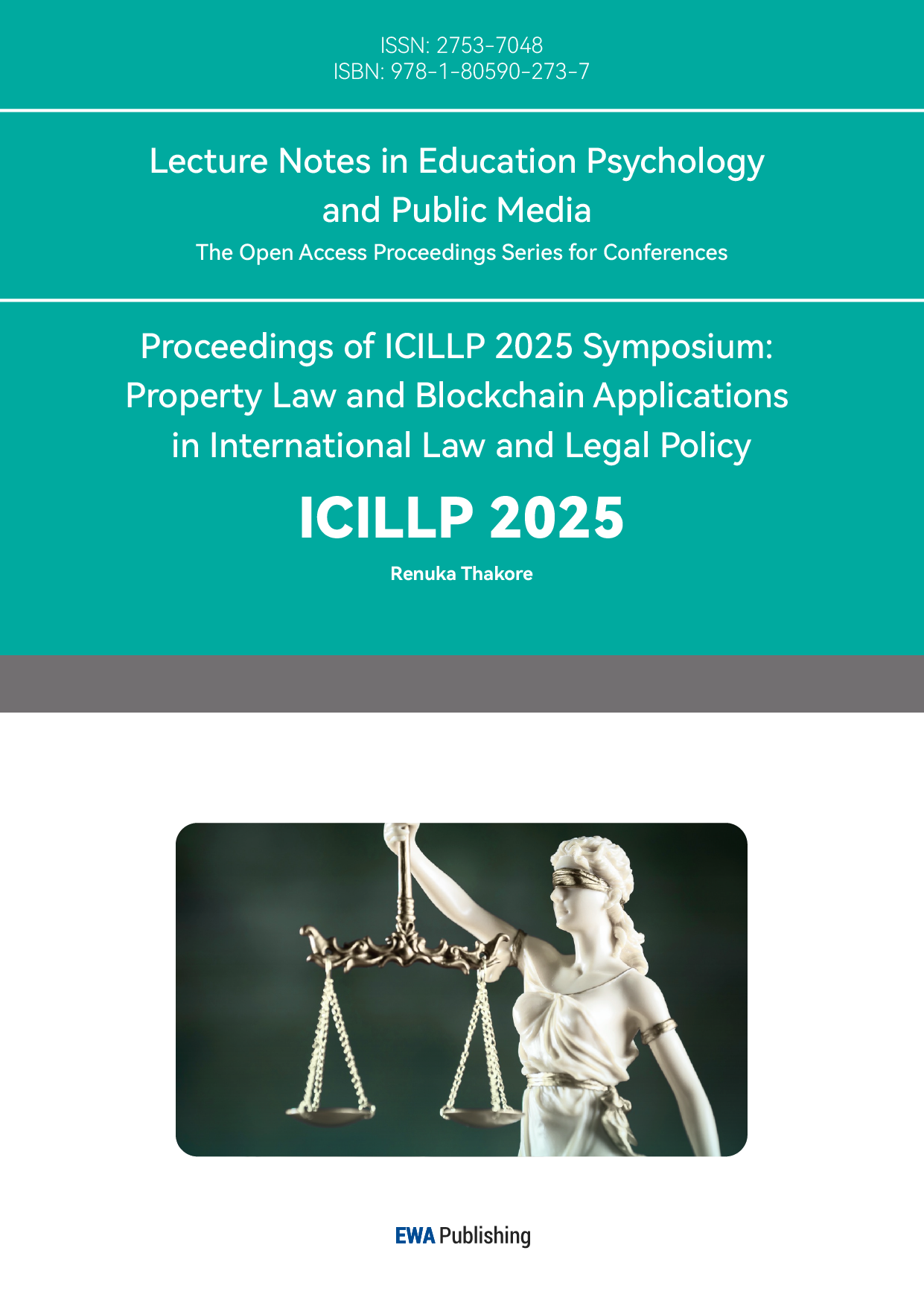References
[1]. Wang, M., et al.. (2015). Evaluation of rural primary health care in western China: A cross-sectional study. International journal of environmental research and public health, 12(11), 13843-13860.
[2]. Baker, R. E., et al. (2022). Infectious disease in an era of global change. Nature reviews microbiology, 20(4), 193-205.
[3]. Aslam, F., Ali, I., Babar, Z., & Yang, Y. (2022). Building evidence for improving vaccine adoption and uptake of childhood vaccinations in low-and middle-income countries: a systematic review. Drugs & Therapy Perspectives, 38(3), 133-145.
[4]. Plans-Rubió, P. (2022). Strategies to increase the percentages of vaccination coverage. Vaccines, 10(12), 2103.
[5]. Hansen, R. K., Baiju, N., & Gabarron, E. (2023). Social media as an effective provider of quality-assured and accurate information to increase vaccine rates: systematic review. Journal of Medical Internet Research, 25, e50276.
[6]. Pennisi, F., Genovese, C., & Gianfredi, V. (2024). Lessons from the COVID-19 pandemic: promoting vaccination and public health resilience, a narrative review. Vaccines, 12(8), 891.
[7]. Bonanni, P., et al. (2025). Strategies to increase influenza vaccination coverage in the Italian pediatric population: a literature review and expert opinion. Expert Review of Vaccines, 24(1), 278-288.
[8]. Sadiq, A., & Khan, J. (2024). Rotavirus in developing countries: Molecular diversity, epidemiological insights, and strategies for effective vaccination. Frontiers in Microbiology, 14, 1297269.
[9]. Oladejo, O., et al. (2016). Comparative analysis of the Parent Attitudes about Childhood Vaccines (PACV) short scale and the five categories of vaccine acceptance identified by Gust et al. Vaccine, 34(41), 4964-4968.
[10]. Yıldırım, M., Sevinç Akın, H. Y., & Karaaslan, D. (2025). Examination of Parents ‘Attitudes about Childhood Vaccinations and Their Health Literacy Status. Journal of Pediatric Infection/Çocuk Enfeksiyon Dergisi, 19(1).
[11]. Zhu Shan, et al. (2018). Survey on parents' confidence in children's vaccination and influencing factors. Proceedings of the 2018 Annual Meeting and Academic Seminar of the Pharmacy Management Professional Committee of the Chinese Pharmaceutical Society.)
[12]. Tu, P., Smith, D., Parker, T., Pejavara, K., Michener, J. L., & Lin, C. (2023). Parent–child vaccination concordance and its relationship to child age, parent age and education, and perceived social norms. Vaccines, 11(7), 1210.
[13]. Patel, A. R., & Nowalk, M. P. (2010). Expanding immunization coverage in rural India: a review of evidence for the role of community health workers. Vaccine, 28(3), 604-613.
[14]. Frumkin, H. (2022). Hope, health, and the climate crisis. The Journal of Climate Change and Health, 5, 100115.



